The Climbing Hydrangea That's
The Climbing Hydrangea That's
Climbing hydrangeas (Hydrangea anomala subsp. petiolaris) are a beautiful and versatile plant that can add a touch of elegance to any garden. These deciduous vines can grow up to 30 feet tall and 20 feet wide, making them perfect for covering walls, fences, or pergolas. They produce large, showy clusters of white flowers in late spring and summer, which can add a touch of sweetness to your outdoor space.
Here are some of the things you need to know about climbing hydrangeas:
- They are hardy in USDA zones 4-9.
- They prefer full to part sun, but can tolerate some shade.
- They need moist, well-drained soil.
- They are relatively low-maintenance plants, but they do benefit from regular watering and fertilizing.
- They can be pruned in late winter or early spring to shape them or to control their size.
If you are looking for a beautiful and easy-care plant to add to your garden, climbing hydrangeas are a great option. They are available at most garden centers, and they come in a variety of cultivars, so you can find one that is perfect for your needs.
Here are some of the most popular climbing hydrangea cultivars:
- 'Snow Queen' is a white-flowering cultivar that is known for its large, showy blooms.
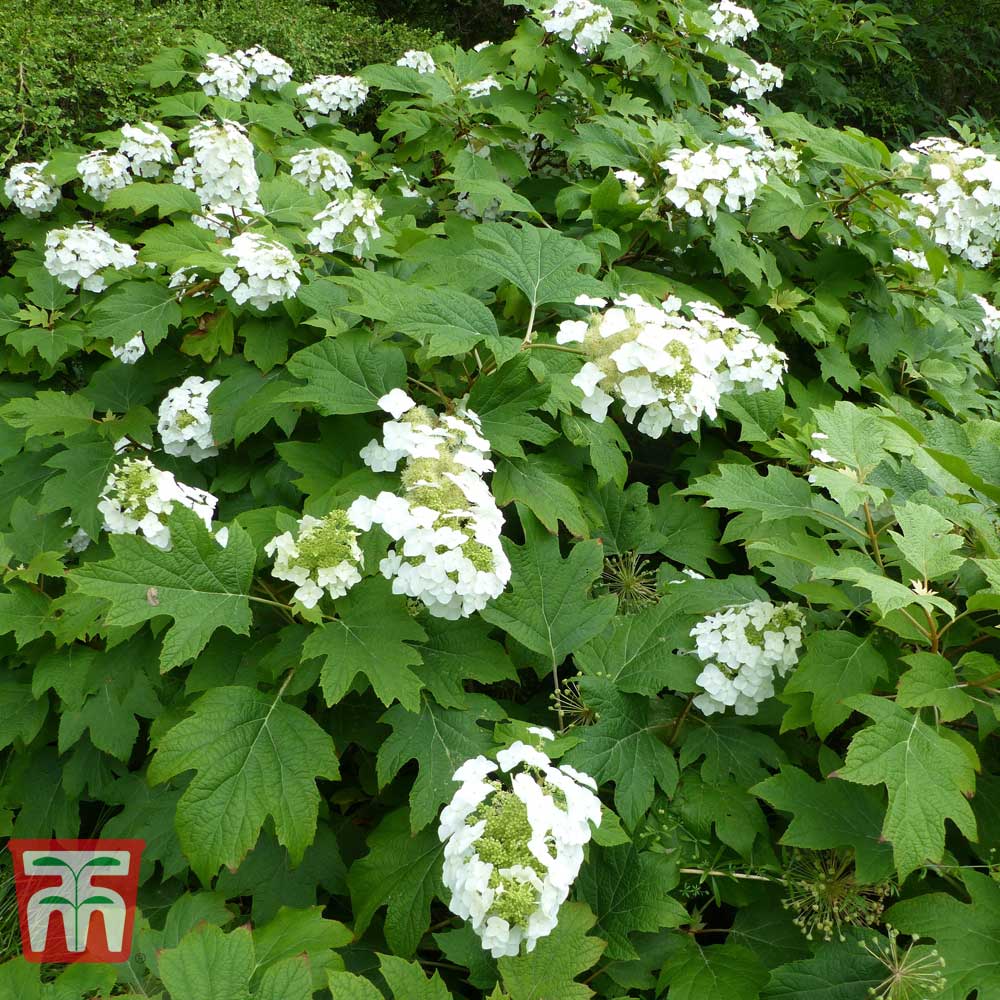
- 'Miranda' is a variegated cultivar that has white and green leaves.
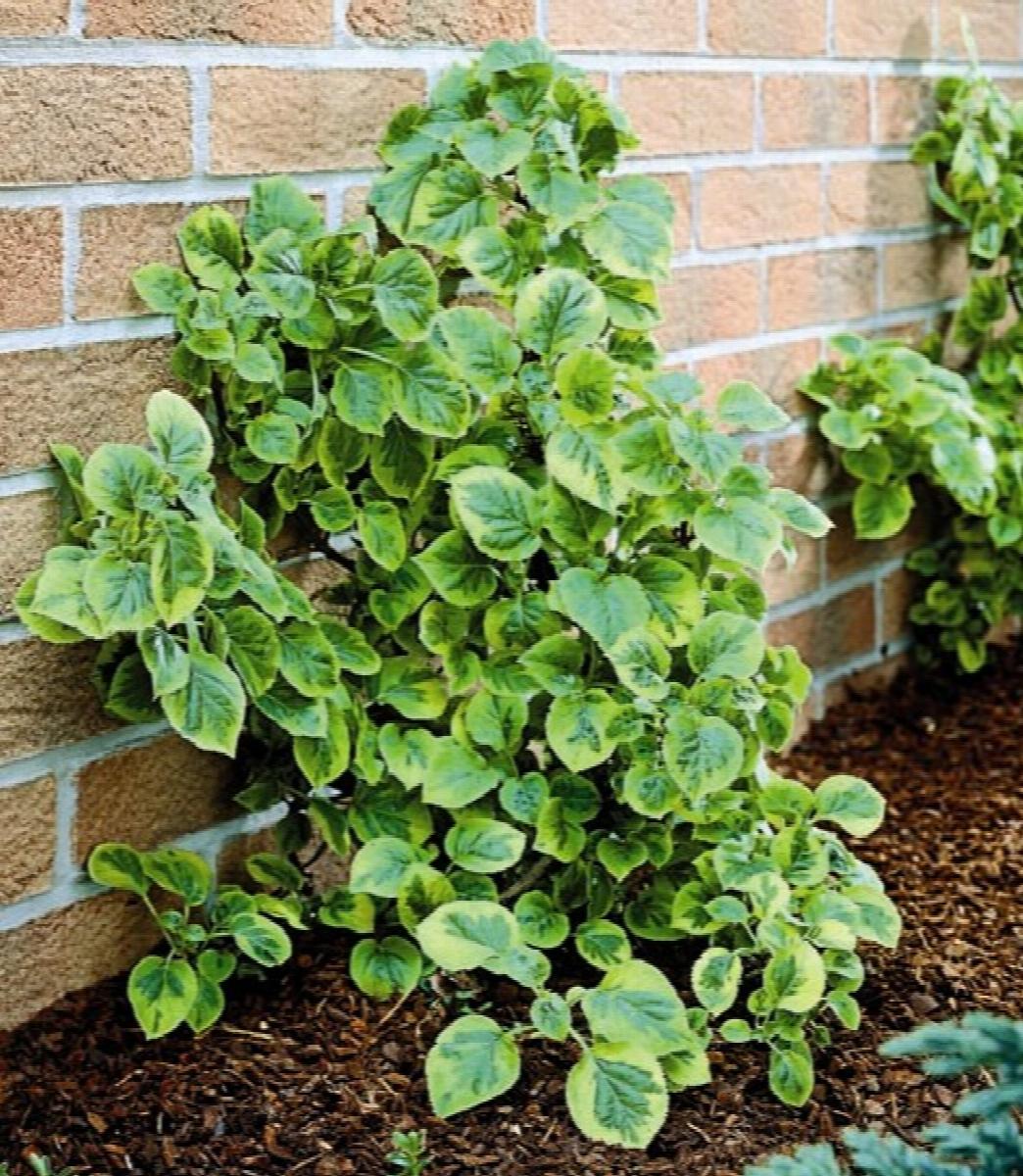
- 'Silver Lining' is a variegated cultivar that has silvery-gray leaves.
- 'Pink Annabelle' is a pink-flowering cultivar that is similar to the popular Annabelle hydrangea.

- 'Veil of Mist' is a white-flowering cultivar that has a weeping habit.

No matter which cultivar you choose, climbing hydrangeas are sure to add a touch of beauty and elegance to your garden.
Here are some tips for growing and caring for climbing hydrangeas:
- Plant them in full to part sun in moist, well-drained soil.
- Water them regularly, especially during the first year after planting.
- Fertilize them once in the spring with a balanced fertilizer.
- Prune them in late winter or early spring to shape them or to control their size.
- Protect them from strong winds.
With proper care, climbing hydrangeas will thrive for many years, providing you with beautiful blooms year after year.
Hydrangea petiolaris, also known as the climbing hydrangea, is a beautiful and versatile plant that can add a touch of elegance to any garden. It is a deciduous vine that can grow up to 30 feet tall and 5 feet wide, and its delicate white flowers bloom in midsummer. Climbing hydrangeas are relatively easy to care for and can tolerate a variety of conditions, making them a good choice for even novice gardeners.
If you are interested in learning more about hydrangea petiolaris, I recommend visiting the website . This website has a wealth of information on the plant, including its history, care requirements, and varieties. You can also find helpful tips on how to plant and grow climbing hydrangeas in your own garden.
FAQ of hydrangea petiolaris
What is hydrangea petiolaris?
Hydrangea petiolaris, also known as climbing hydrangea, is a deciduous vine that can grow up to 60 feet long. It is native to eastern Asia and is known for its beautiful white flowers that bloom in the summer. The vine climbs by means of small aerial roots that it produces along its stems.
What are the best conditions for growing hydrangea petiolaris?
Hydrangea petiolaris prefers full sun to partial shade and moist, well-drained soil. It is tolerant of a wide range of pH levels, but it does best in acidic soil. The vine is hardy in USDA zones 4-9.
How do I care for hydrangea petiolaris?
Hydrangea petiolaris is a relatively easy plant to care for. It needs regular watering, especially during the first year after planting. The vine should be fertilized once a year in the spring with a balanced fertilizer. In the fall, the vine should be pruned to remove any dead or damaged branches.
What are some common problems with hydrangea petiolaris?
The most common problems with hydrangea petiolaris are powdery mildew, leaf spot, and aphids. Powdery mildew can be treated with a fungicide. Leaf spot can be treated by removing affected leaves and applying a fungicide. Aphids can be controlled with insecticidal soap or neem oil.
What are some ways to use hydrangea petiolaris in landscaping?
Hydrangea petiolaris is a versatile plant that can be used in a variety of ways in landscaping. It can be used to cover walls, fences, or other structures. It can also be used to create a cascading effect over rocks or boulders. The vine can also be used as ground cover.
Image of hydrangea petiolaris
- Image 1: A white hydrangea petiolaris cascading down a tree trunk.
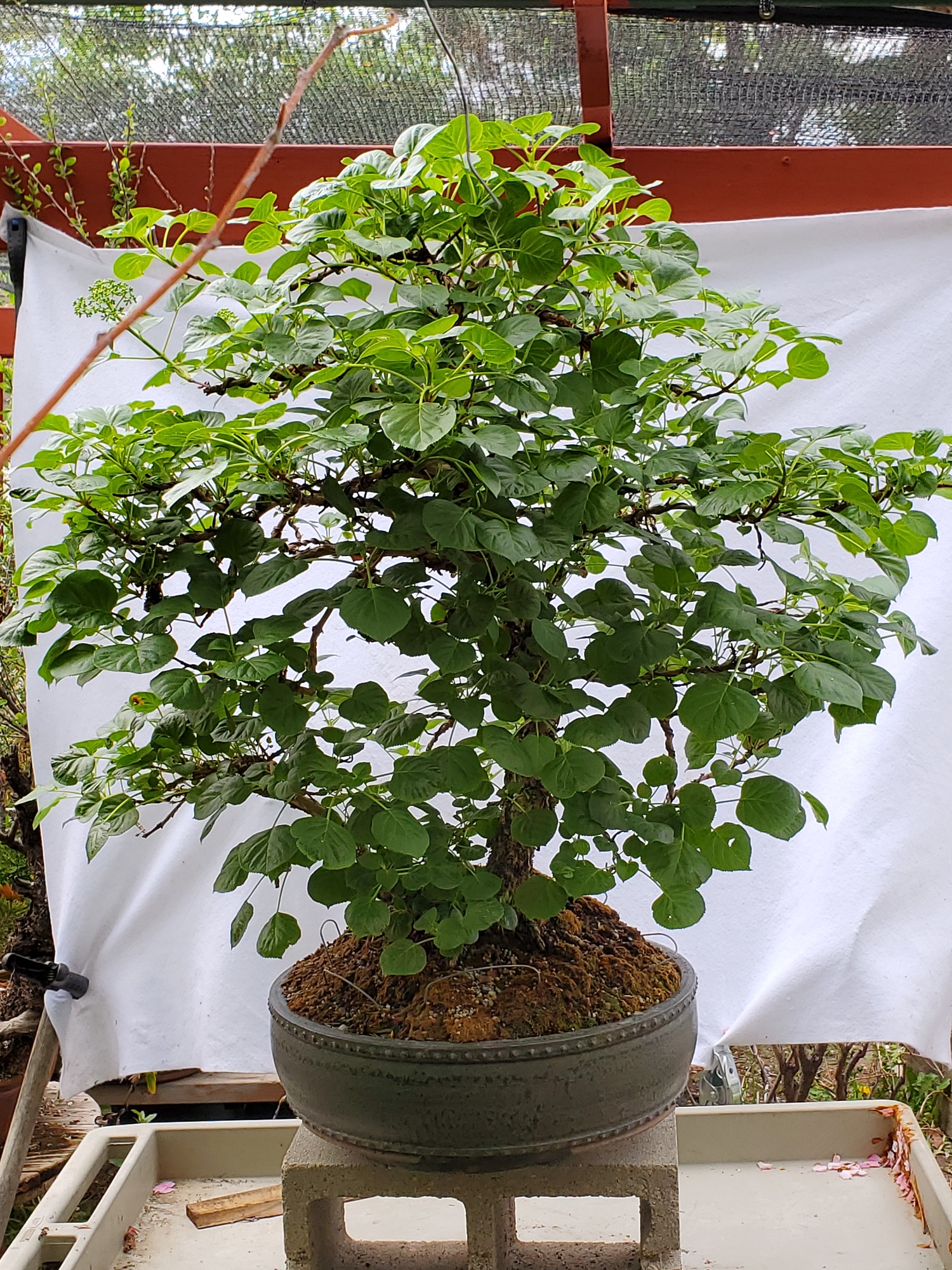
- Image 2: A pink hydrangea petiolaris blooming in the spring.
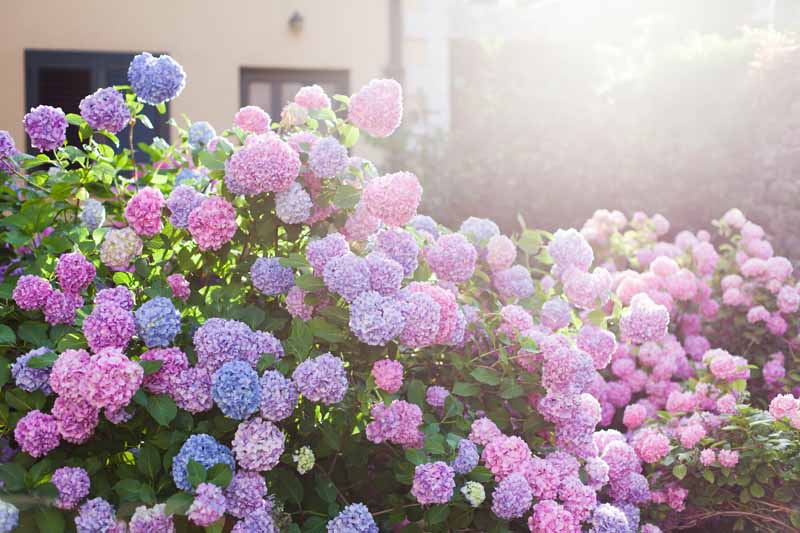
- Image 3: A blue hydrangea petiolaris blooming in the summer.
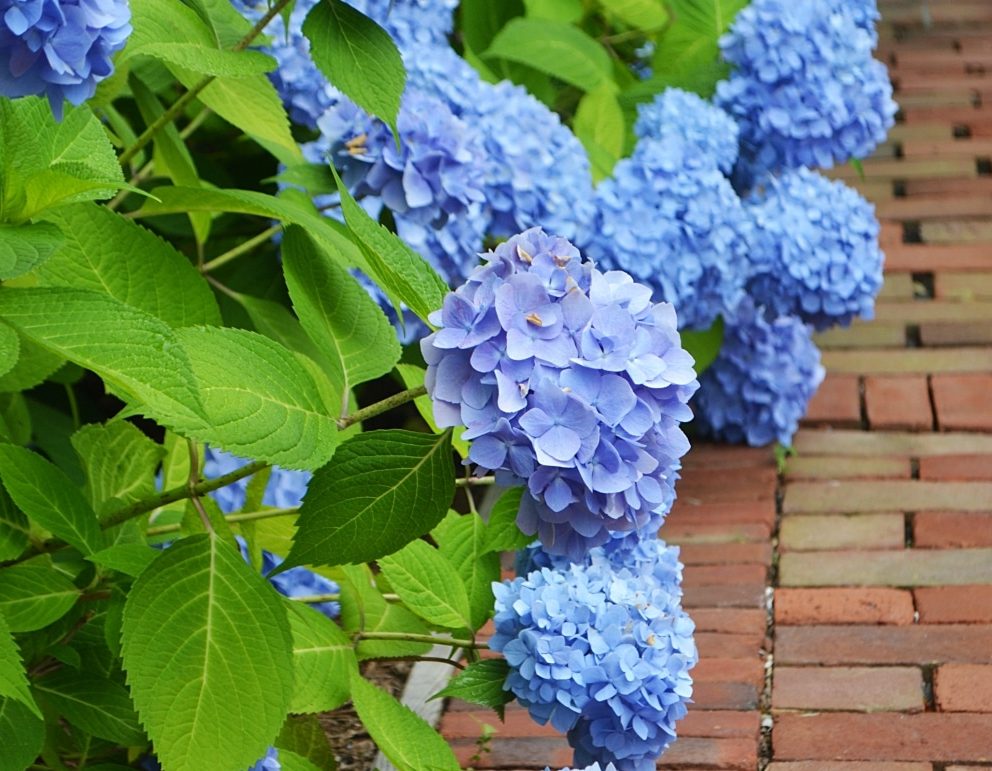
- Image 4: A close-up of the flowers of a hydrangea petiolaris.

- Image 5: A hydrangea petiolaris vine growing up a wall.

Post a Comment for "The Climbing Hydrangea That's"